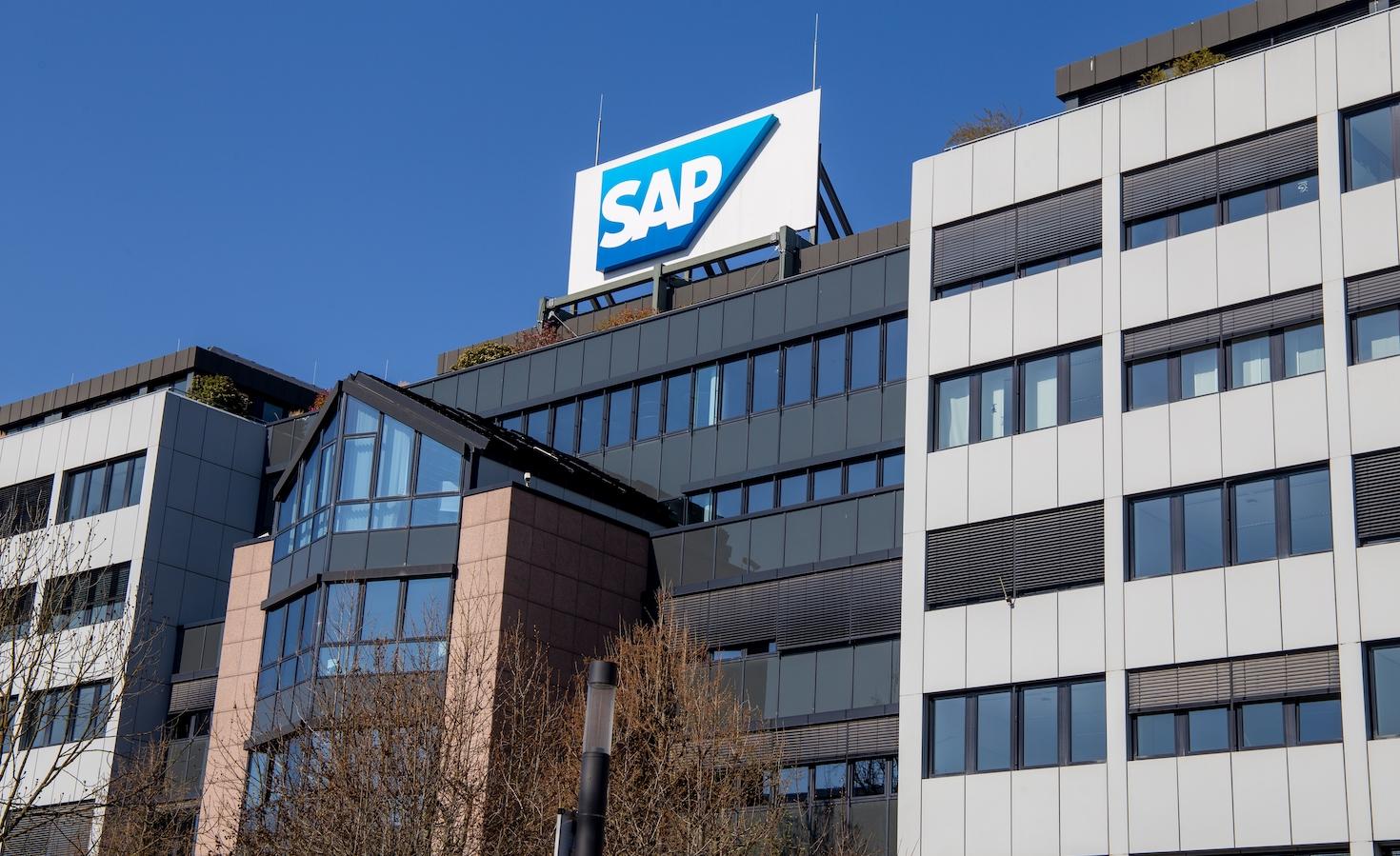SAP, one of the world’s largest enterprise software companies, is pushing aggressively into carbon accounting and supply chain traceability with new offerings unfurled this week at its annual customer and partner conference.
The German company, which claims more than 280 million users worldwide for its cloud-hosted services, is counting on its deep roots in the back offices of large corporations to help establish a dominant position in the burgeoning ESG management software category — also being cultivated by the likes of rivals Microsoft and Salesforce.
Some of SAP’s capabilities are being made possible through new offerings, such as GreenToken by SAP for tracing raw materials, already being used by customers including Unilever, which uses it to monitor palm oil. SAP is also updating SAP Sustainability Footprint Management, which supports life cycle assessments, and it is aiming squarely at Scope 3 management and reporting challenges with the launch of SAP Sustainability Data Exchange, meant to help companies swap information with partners and suppliers. (More details on the products can be found here.)
Support for carbon accounting is also finding its way into SAP’s core products. Chief among them is a "green ledger" that will use real-time corporate transaction information to calculate carbon data alongside traditional financial metrics. That feature is being embedded into Rise with SAP and Grow with SAP, two of the company’s cloud-based applications.
Jim Sullivan, head of product management for SAP Sustainability, said the company’s customers are clamoring for systems of record to help them manage a range of tasks — from accounting for greenhouse gas emissions across Scope 1, 2 and 3, to verifying the source of agricultural commodities and other materials, to reporting on taxes related to extended producer responsibility regulations.
"It’s not an exaggeration to say that 100 out of 100 customers wants to do something around sustainability with us," Sullivan told me.
What differentiates SAP’s offerings from other products is its deep integration with other enterprise operational systems, essentially using existing systems of record to drive additional insights. "This is not a side car," he said.
Market research firm IDC recently predicted that approximately 30 percent of companies will use ESG data management platforms by 2024. Amy Cravens, research manager for ESG and governance, risk and compliance (GRC) software, and reporting technologies at IDC, anticipates “strong growth” in software intended for these tasks over the next two years ahead of regulatory requirements in Europe and the U.S.
"I think there has been some hesitancy in waiting to see what the regulatory environment was going to require from companies so they can choose a solution that will support those needs, but with [the Corporate Sustainability Reporting Directive] in place and [rules from] the [Securities and Exchange Commission] pending, I think there will be a big uptick in solution adoption for these broader ESG management platforms," she wrote in response to emailed questions.
The most frequently used vendors for ESG management and reporting today are SAP, Microsoft, IBM and Salesforce, which all see these purpose-built products as a way to cultivate and upsell existing customer bases, according to Cravens. "These products are still new, and adoption is pretty light, but these vendors have significant installed bases to leverage and promote these new capabilities."
While each vendor targeting this fast-growing space offers unique advantages, SAP’s benefit is its technology’s ability to create ESG metrics from existing ERP data, she said. "As you probably know, data sourcing and ingestion is one of the principal challenges with ESG management and reporting, so the benefit of accessing SAP ERP data and then mapping that information to the appropriate framework or metric, is significant."




